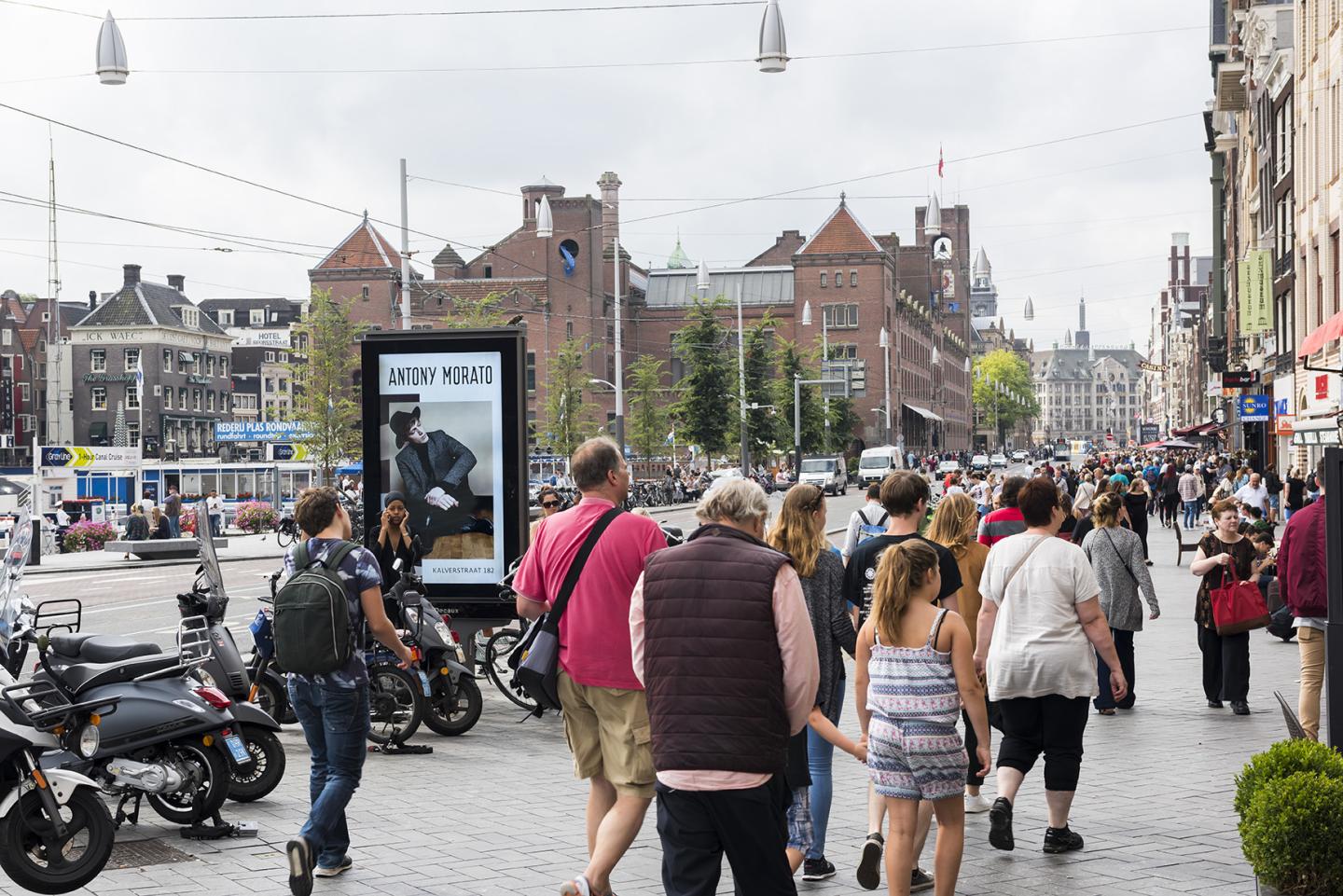What do we mean by an "inclusive city"?
As an approach that aims to limit social exclusion and create a successful coexistence in the urban space, the construction of the inclusive city must guarantee, for all, without discrimination, access to all its spaces and services. The inclusive city requires adherence, involvement and the assurance of solidarity within its territory.
Is an inclusive city possible? What would be the conditions for it to see the light of day?
For a city to be inclusive, it must move from mere consultation to active citizen participation, thus transforming the city into a participatory space. This means rethinking urban spaces to be multi-use and hybrid, allowing all residents to interact in them in an equitable and flexible way. By regularly assessing its inclusion performance using accurate indicators, the city can identify its strengths and areas for improvement, ensuring an environment where every individual can thrive and actively contribute to the community.
Towards an "urban planning of care"
The creation of an inclusive city is part of the nascent, more global movement of "care urbanism". This urbanism of attention to others prioritizes human relationships, solidarity, consideration for others and the response to local needs. Initiatives and good practices are emerging to make cities more inclusive. Examples such as the Danish concept of "hygge" or Mariahilferstrass show that solutions exist to bring about a more inclusive city.

